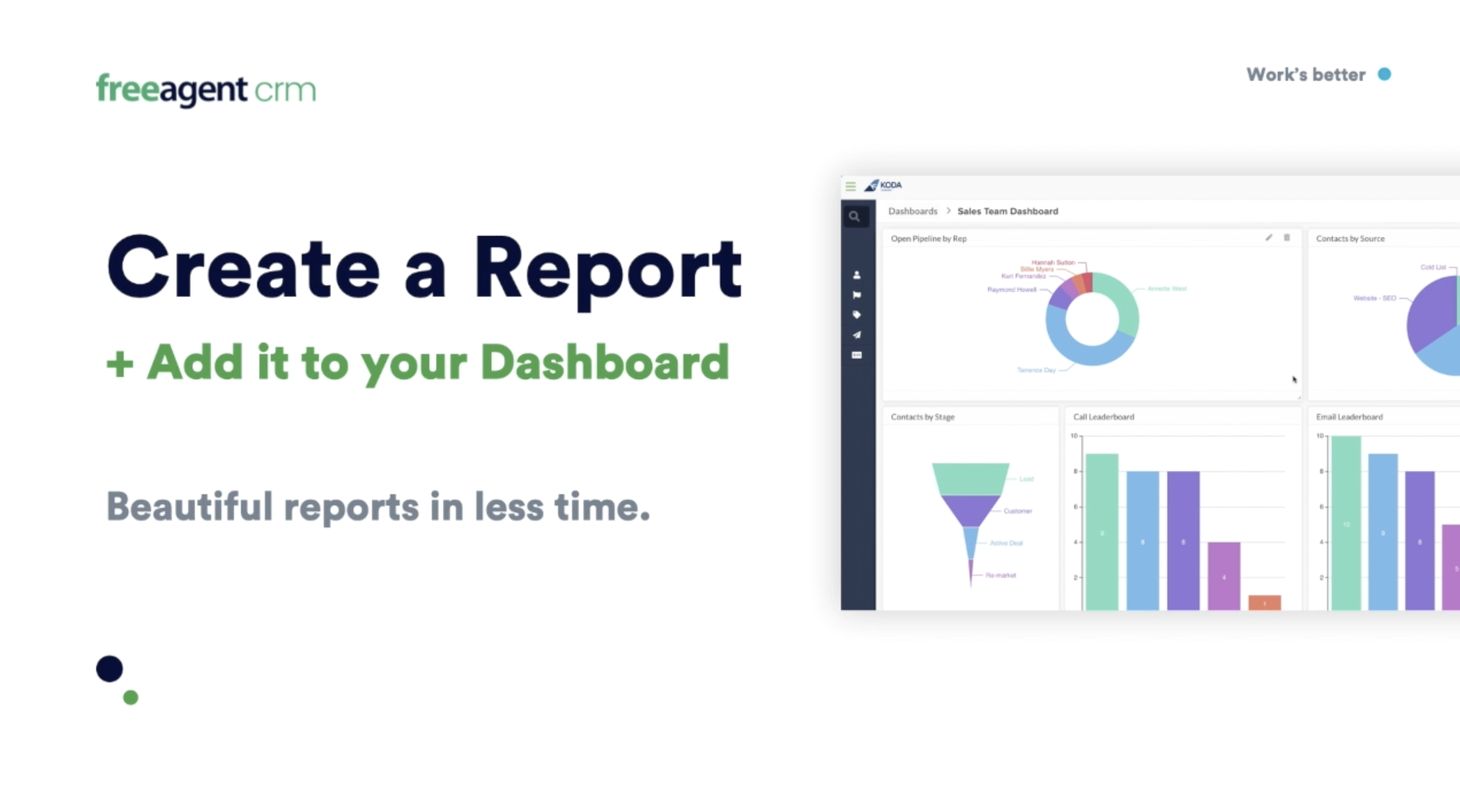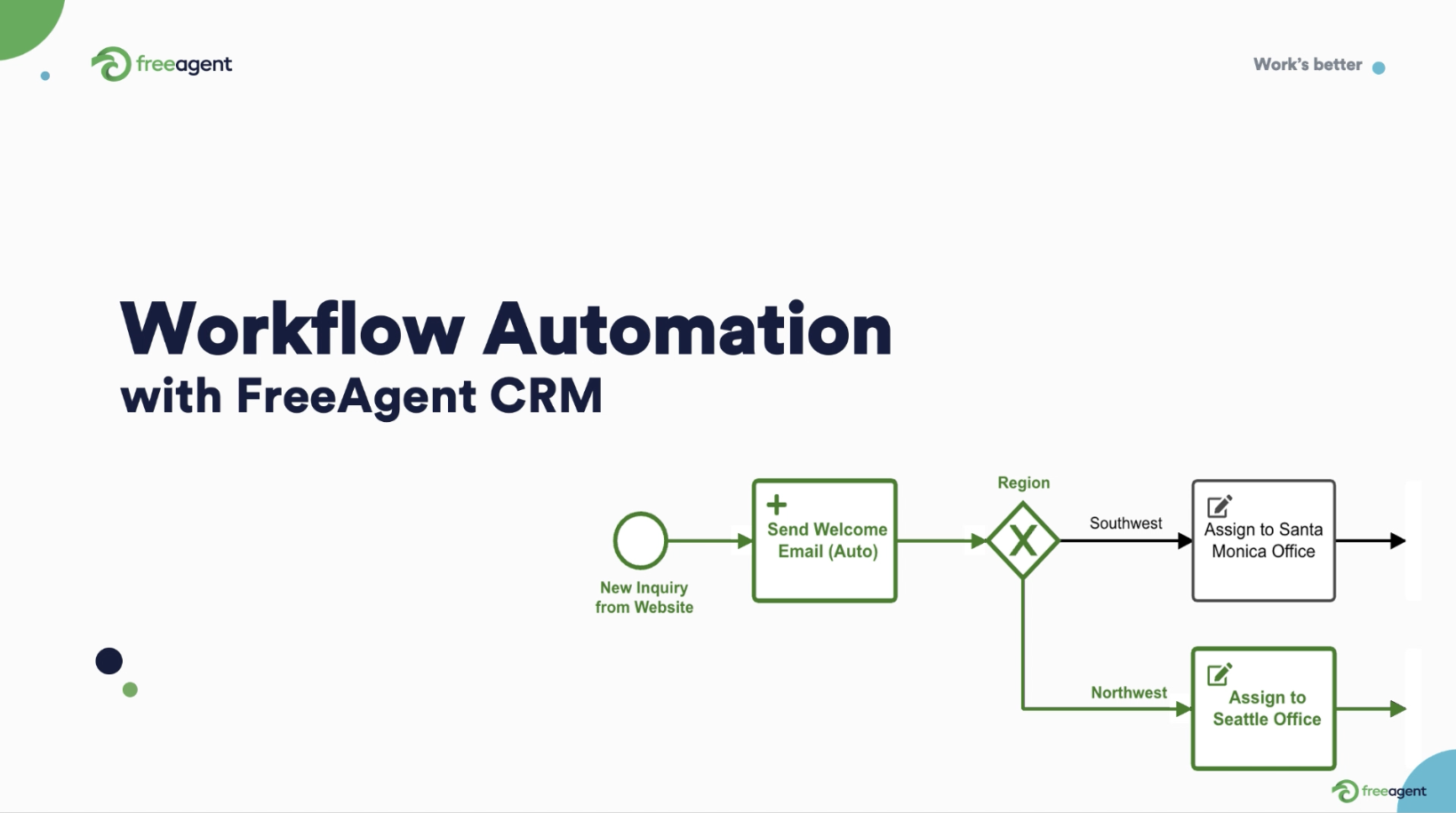Sales forecasting lays the groundwork for your business success in the year(s) ahead.
It allows you to make informed decisions about allocating resources toward:
- Product development
- Marketing campaigns
- Employee acquisitions
- Technology adoption, and more.
In this article, we’ll look at different sales forecasting methods and models and offer tips on how to improve your sales forecasting process.
We’ll also advise you on tools that will make your sales forecasting faster, simpler, and more reliable.

What is sales forecasting and what are the benefits?
Sales forecasting is the use of historical data, industry benchmarks, and market/seasonal trends to make predictions about future sales and/or sales processes.
There are 4 key benefits to accurate sales forecasting:
- Increased resource allocation efficiency: To make the most of your marketing and sales campaigns, timing and coordination are everything. The same is true of hiring new members, deciding what events you want to attend, and ordering inventory.
- Early course correction: Being able to adapt to emerging trends or respond to unexpected roadblocks requires foresight. Sales forecasting meets this need.
- Improved marketing/sales alignment: It is easier for your teams to work together if they are all working from the same roadmap. Likewise, expectations set around mutually understood metrics help you focus your efforts toward common goals.
- Set realistic benchmarks through data-driven goal setting: Missed quotas/targets are most often the result of overly optimistic (or ambitious) goal setting. Using data-driven insights to set expectations produces more realistic and achievable objectives.


Sales forecasting methods: quantitative vs. qualitative
There are several methods you can use to gather data for your sales forecasts. We will explore two of them here.
- Quantitative: Quantitative analysis is a sales forecasting method that uses your past sales data and known market/seasonal trends to predict future sales revenue. This method produces empirically accurate results as it is based on your own metrics.
- Qualitative: Qualitative analysis is a sales forecasting method that uses industry benchmarks, expert opinion, and market research to make an educated guess of expected sales. This is a more nuanced method but still useful for companies that lack reliable historical data or for predicting new and emerging markets.
4 key sales forecasting models
You can use different types of forecasting models to estimate your sales performance.
Most of these models don’t predict future sales directly, but rather, they examine specific aspects of your sales cycle (cycle-time, opportunity stage), or your sales processes and resources (lead source, sales reps) to help inform your sales forecasts.
Four of these models include:
- Length of sales cycle forecasting: This forecasting model looks at the amount of time it takes a lead to convert to a customer and uses that data to make sales predictions.
- Opportunity stage forecasting: This forecasting model looks at the various stages of your sales pipeline and makes sales predictions based on how many prospects you have at each stage.
- Lead source forecasting: With this sales forecasting model, you assign a value to each of your lead sources and use those values to help make sales predictions.
- Bottom-up forecasting: With this sales forecasting model, you look at your specific sales reps and the opportunities they have in their pipeline and make sales predictions accordingly.
The best approach uses a combination of these forecast models, sometimes called a multivariate analysis model, to create a sales forecast model that is right for your business.

4 sales forecasting metrics to track
The metrics you consider as a part of your sales forecasting process will vary based on the forecast methods and models you use. That said, here are four sales forecasting metrics to track:
- Quota: Your sales quota is the sales goal you want your team to achieve in a given period of time. The primary purpose of your sales forecast is to determine your sales quota and use that to make decisions regarding your sales and marketing strategies.
- Attainment: Attainment is the measure of your success towards your sales quota. Attainment is a key metric to track at all times because it can help you identify bottlenecks in your sales process, team members that are struggling/excelling, and mistaken predictions in your forecasting.
- Pipeline coverage: Pipeline coverage is a measure of your pipeline against your quota. For example, if your quota for the year is $1M and you have $3M in your pipeline, your pipeline coverage is 3x. Tracking your pipeline coverage can help you determine when to launch marketing campaigns or sales initiatives, and it can be used to improve the accuracy of your sales forecasts.
- Sales activity data: A sales activity is any activity (emails, calls, meetings, product demos) performed during your sales process. Your sales activity data can tell you how many touchpoints it takes to close a deal, how many sales reps are involved in closing a deal, what activities are most impactful in closing a deal, and so on. This can be used to streamline your sales process, making your sales forecasting easier and more accurate.

How to improve your sales forecasting
Improving your sales forecasting is an ongoing process that requires regular evaluation and experimentation.
The following tips can help you refine your sales forecasting process for better accuracy and alignment.
- Analyze your sales data regularly: It is best practice to review your sales data monthly, quarterly, and annually and evaluate your success against your sales forecast. Are you exceeding expectations or underachieving? If so, why?
Look at your conversion rates, win rates, and cycle times and try to identify commonalities or trends that could help you make more accurate forecasts. For example, if your team is significantly above quota this quarter look at where that success is coming from.
Is it a specific sales rep that is accumulating wins or is the success spread across the whole sales team? What was the size of the closed deals? What industry were they in? Has anything else changed during this time, like a new tool set, process, or sales manager?
By analyzing your sales data often you can take advantage of trends, identify issues before they become roadblocks, and make pivots to ensure you hit your targets.
- Analyze your marketing data regularly: Much like analyzing your sales data, analyzing your marketing data should be done often – monthly, quarterly, annually, and after every campaign.
Begin by looking at what types of leads are converting to opportunities and wins. What is the source(s) of these leads? What is the cost/lead? What are the external market factors (season, market trends, media cycles) that contributed to your results? What are the internal market factors (product releases, new tools/processes, new team members) that contributed to your results?
To evaluate your marketing campaigns, start by looking at the immediate effects (pipeline generated) and then come back again down the road to evaluate the long-term results (deals won).
This will give you a full picture view that can help you make more informed decisions about what campaigns to run in the future (and when and where to run them).

- Implement changes incrementally: Don’t overhaul your entire process every time you miss quota. Rather, run small experiments to see if the assumptions you are working under are correct.
- Incentivize your team based on your targets: Make sure that part of your team’s compensation is based on the targets you want to hit. It is common for sales teams to be compensated on closed deals but if you’re trying to grow your pipeline or convert more leads to opportunities, you could tie compensation to these metrics as well.
- Invest in the right tools: Your ability to implement, track, evaluate, and refine your sales forecasting is largely dependent on the tools you use. This is not the place to cut corners. Sales tools, such as CRM software, are among the most valuable tools your company will use and when implemented properly, they have some of the highest ROI of any tools on the market.
3 types of sales forecasting tools
The tools you use for sales forecasting will go a long way to determining the efficacy and accuracy of your sales forecasts. Let’s look at the most common options available.
1. Spreadsheets
Spreadsheets are used for all sorts of sales processes with varying results. When it comes to sales forecasting, they are a tedious and inefficient solution.
First, they rely on manual data entry and analysis, which is cumbersome and prone to error.
Second, they are notoriously poor for tracking historical data as changes are permanent and unattributed.
The upside to spreadsheets is that they are familiar. Your team has likely been using them for years which means training is minimal and adoption is high.
2. Sales forecasting software
Sales forecasting software takes two general forms – sales pipeline forecasting software and historical sales forecasting software.
Depending on your needs, either solution will remove much of the administrative burden of your sales forecasting process.
For companies with highly variable monthly sales, sales pipeline forecasting software can help you identify and target your most winnable deals to increase your win rate.
For companies with consistent monthly sales, historical sales forecasting software can help you prepare for the quarter ahead by providing insights you can use to take advantage of seasonal shifts and marketing trends.
In either case, the software does much of the heavy lifting when it comes to data analysis reporting. It can even help you set priorities and identify potential areas for improvement.
The downside to sales forecasting software is that it addresses only a single element of your sales process, adding complexity to your sales tool stack.

3. CRM
As with almost every aspect of the sales process, CRM stands far above all the other software options available for managing your sales forecasting.
First, a CRM can capture, track and analyze your data better than spreadsheets and sales forecasting software.
This is because a CRM can integrate with all your other tools, including marketing, product, and support tools to provide you with the complete picture.
Second, a CRM can organize and visualize your data according to a wide range of parameters, allowing you to share targets, progress, and results with your team, the C-suite, and the board.
Plus, all of this data is tracked in real-time so you can run experiments and make adjustments on the fly.
Lastly, a modern CRM platform is a centralized hub that your whole team can work from.
This creates operational alignment, improves collaboration, and decreases the number of tools your team is required to learn.
FreeAgent can help you improve your sales forecasting
FreeAgent CRM is the top user-rated CRM + work management platform on the market.
We can help you improve your sales forecasting and make analyzing your data faster, simpler, and more accurate.
This keeps your whole team focused on your top goals and helps everyone work better together, so everyone hits their targets.
Get started with FreeAgent CRM today.







